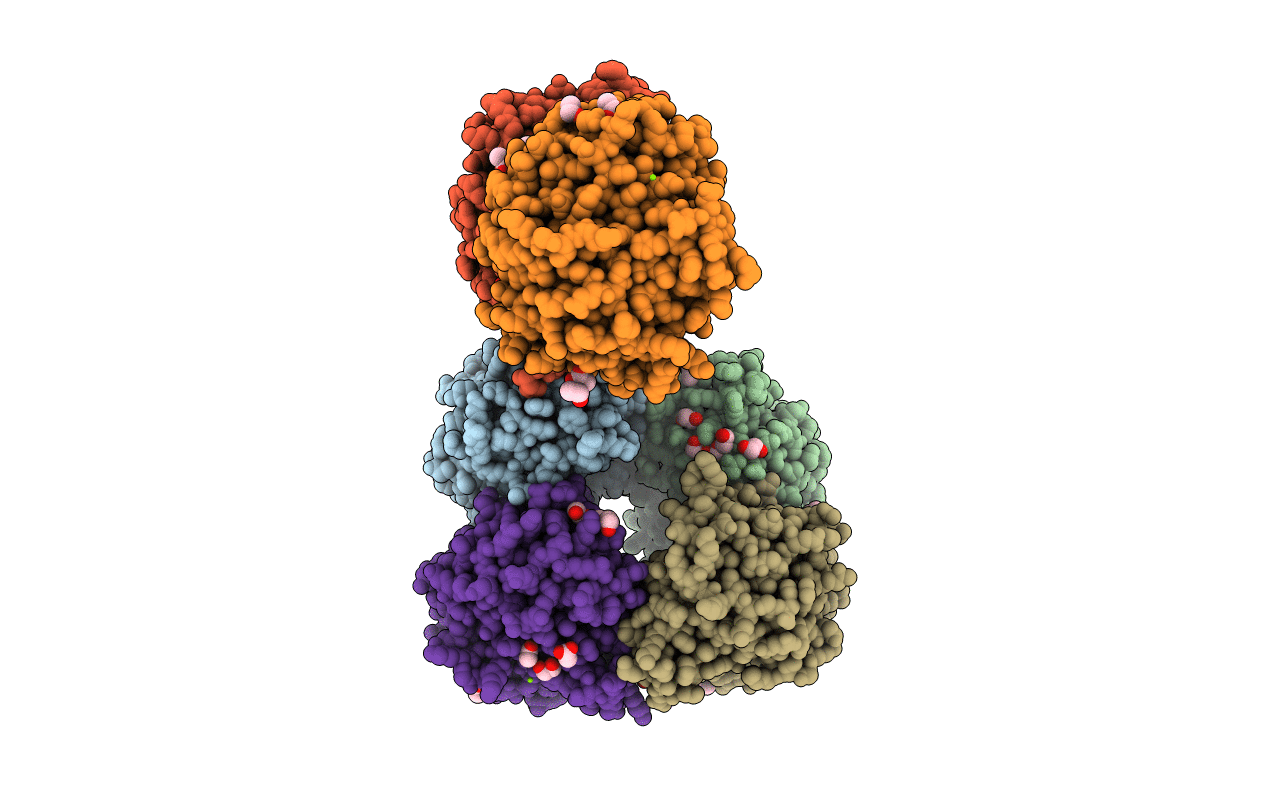
Deposition Date
2019-08-13
Release Date
2019-12-04
Last Version Date
2023-11-29
Entry Detail
PDB ID:
6TZU
Keywords:
Title:
Dihydrodipicolinate synthase (DHDPS) from C.jejuni, N84A mutant with pyruvate bound in the active site
Biological Source:
Source Organism:
Host Organism:
Method Details:
Experimental Method:
Resolution:
1.80 Å
R-Value Free:
0.20
R-Value Work:
0.17
R-Value Observed:
0.17
Space Group:
C 2 2 21


